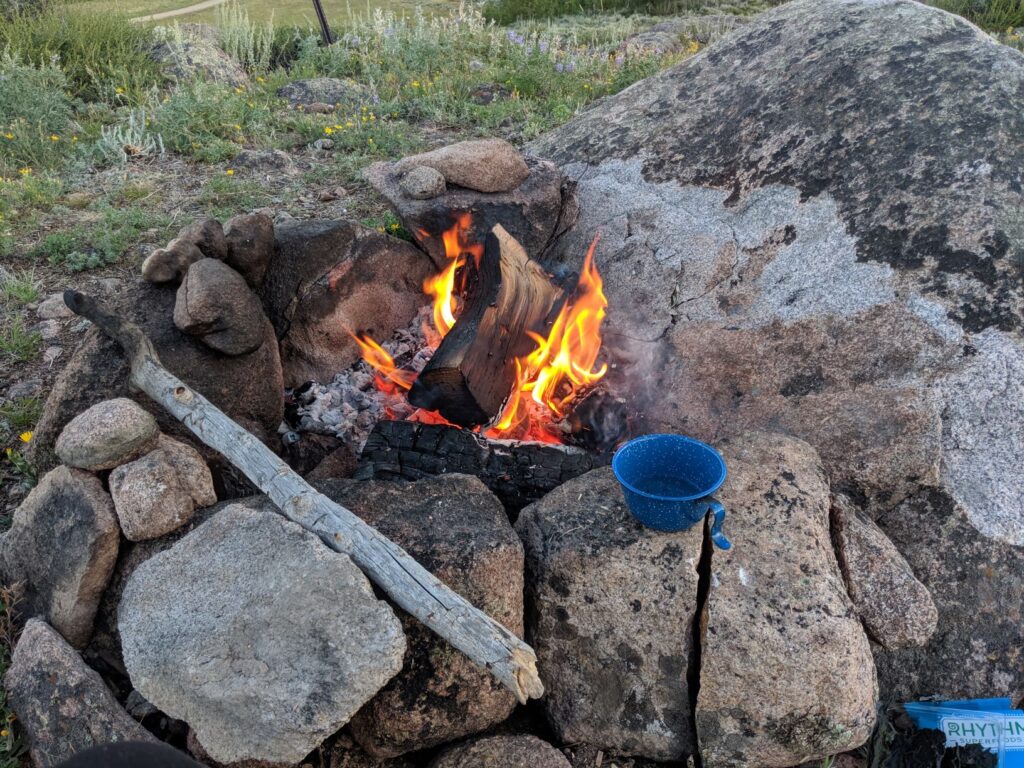I’m a big fan of Cal Newport, but somehow, I missed Slow Productivity – time for a Book Review. What’s to love about his work? He doesn’t just offer productivity tips—he provides historical context and research, making his insights feel grounded and well-supported. He also brings in stories of well-known and lesser-known individuals, making his ideas both relevant and relatable.
Newport (let’s call him CN) primarily writes about work-related topics, which makes sense—work takes up a significant portion of our lives. His deep dives into the history of work often provide a reassuring perspective on modern struggles.
Feeling overwhelmed, pressed for time, or under pressure at work? CN lays out some key reasons why. The rise of knowledge work has created a very different landscape from the manufacturing-based jobs of the past. Decades ago, you clocked in and out at a physical workplace. Today, especially in a virtual world, we are always accessible—unless we create strong boundaries. This is especially difficult for creators and entrepreneurs who feel (or self-impose) pressure to reach their goals.
The Shift from Pseudo-Productivity to Slow Productivity
CN argues that the transition from manufacturing to knowledge and service work has led to what he calls pseudo-productivity—a constant state of busyness without meaningful progress. Instead, he proposes a slower, more intentional approach.
3 Ways to Fight Pseudo-Productivity
CN lays out three core principles to reclaim focus and balance.
- Do Fewer Things
This sounds simple, but it’s not always easy to implement. CN provides strategies for reducing workload, starting with the idea of limiting the big. This means cutting back on projects, missions, and daily goals. He argues that overwhelm isn’t an inherent feature of knowledge work—it results from the way we (mis)manage our workload. His advice? Cut back. Do one big thing per day. Sure, you’ll handle other tasks, but set a single major target.
Other ways to do less? CN advises containing the small—putting routine tasks on autopilot, synchronizing with others through structured check-ins (like office hours) instead of endless emails, and minimizing “task engines” that generate busywork. He also suggests leveraging tools, software, or assistants to streamline workflow. This section is particularly valuable for identifying time drains and eliminating inefficiencies.
- Work at a Natural Pace
Instead of rushing, CN encourages stretching project timelines. He suggests:- Making a five-year plan and revisiting long-term projects regularly.
- Doubling project timelines.
- Cutting daily task lists in half—or even further.
- Scheduling slow seasons and defining a shorter work year.
One compelling example is Lin-Manuel Miranda, who spent 14 years working on his pre-Hamilton musical. He didn’t rush it—he kept returning to it over time.
- Obsess Over Quality
CN illustrates this with stories of musician Jewel and author Paul Jarvis (Company of One). Both prioritized authenticity over maximizing revenue or status. Their approach suggests that sometimes, earning less can lead to a better quality of life—and, paradoxically, higher-quality work. CN shares strategies for improving work output without falling into perfectionism, helping readers apply these lessons in their own careers.
My Experience and What I’m Implementing after Reading the Book
I had a big sigh of relief after reading this book. I tend to get a bit driven. Yes, I will name goals and establish a direction, but then have a “creative meandering” style of getting tasks done. The good news is I can be surprised at all that DOES get done when I revisit the goals. But in the day to day I can feel pressured and more chaotic than ideal.
Steps I’ve taken/am taking to slow down and clarify my focus:
- Name one important thing per day to focus on first
- Relaxed my timeline for my business work and giving myself a full year for it
- Take a last round with the books Do Fewer Things and Work at a Natural Pace chapters
- Take some time this afternoon to create/clarify my Five Year Plan and Joyful Goals list
- Right now: Take a break and go swimming! Also the sauna!

Conclusion
Today’s workplace, fueled by pseudo-productivity, is “dehumanizing” and unsustainable. For knowledge workers who have some control over their professional lives, CN advocates a radical shift: do less, work slower, and prioritize quality.
This book is a worthy read. Even small changes based on these principles could help create a work life that supports both deep genius and a manageable lifestyle.
Resources
Here is an audio with CN introducing Slow Productivity.
Cal Newport’s recent podcast and useful links, including his newsletter.
My free resource – Goal Setting for HSPs (highly sensitive persons) and Empaths on how to name goals and run them by spirit, and the emotional brain.
Denise Barnes, LPC, Rev is a Life and Career Coach and Healer who helps creatives and health professionals align their soul gifts with their best work while making a good income. You can book a complimentary consult here.
